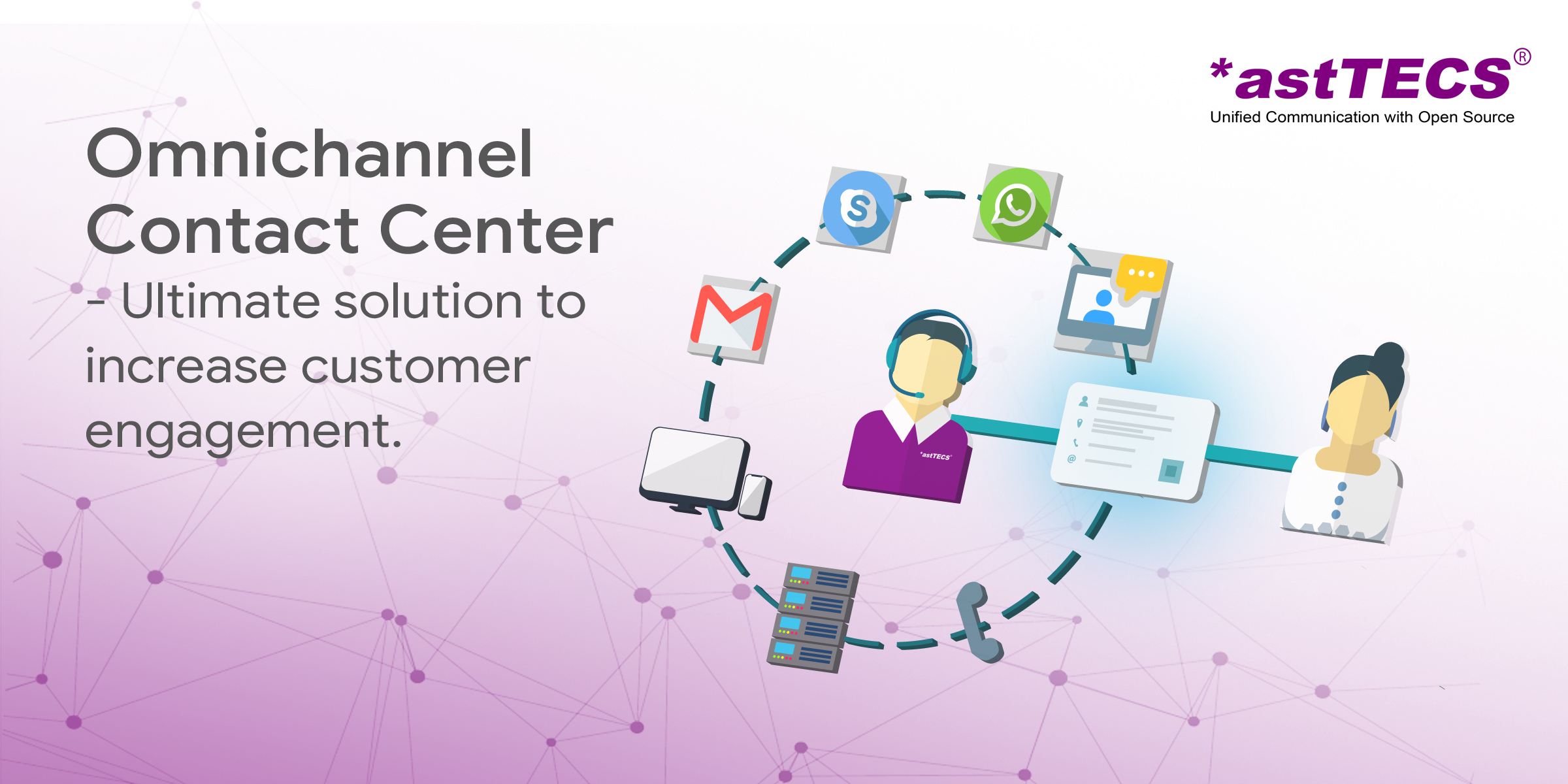Omnichannel Contact Center – Ultimate Solution to Increase Customer Engagement
The Digital Marketing trends report by Adobe and Econsultancy asked companies to indicate the most exhilarating opportunity for their organization in upcoming years – the answer was the same once again.
Any guess, what is the most exhilarating opportunity for a business is?
If you guessed ‘Customer Experience’ (or CX), you guessed right.
Providing great customer experience has always been a primary focus for companies and reports also shows the same. American Express research says that 60% of companies are willing to pay more for a better experience and a study by Temkin Group found that companies already clocking $1 billion revenue can add $700 million in addition to their revenue within three years of investing in customer experience.
That’s a wow!! 70% increase in revenue just in 36 months.
But, customer expectation is also taking the rapid shift as millennials overtake boomers as the largest group of consumers and decision-makers. Today, customers are not only on phone calls like a decade ago but they are on all the channels whether its call, social media or email. Customers expect to get a reply within 10 minutes of the query on their preferred channel.
Companies have to take a step forward and shift from call centers to contact centers and implement an omnichannel call centre to provide a seamless experience to customers.
A survey in 2016 found that after people and processes, companies rank “omnichannel” as the second biggest challenge faced by their contact centers.
What is Omnichannel Contact Center?
If we demystify the word “Omnichannel” Omni means “all” and so omnichannel refers to all channels. With so many ways to define it, I can definitely understand why omnichannel contact centre is an evasive term and why there is still a confusion between the omnichannel contact centre and multichannel contact centre.
Let’s clear the confusion between omnichannel and multichannel contact centre

Multichannel contact centre, “Multi” means “many”, so multichannel refers to multiple channels. Companies contact centres are engaging their customers on multiple channels via calls, text, web chats, web call, social media, email etc. But, in multichannel contact centres, all these channels are not integrated with each other so it doesn’t provide seamless customer experience.
The omnichannel contact centre as the name suggests is operating on all the channels whether it is, call, social media, text, webchat, click-to-call etc. Omnichannel contact centres may not be functional on all the communication channels, but the channels it operates on are integrated and interconnected to each other to provide a seamless customer experience.
Why Omnichannel contact centre are a must-have in 2020?
Customers today desire seamless customer service when they reach out to brands. They rapidly shift between channels and conversations and are not willing to tell their story every time. Omnichannel ensures that customers have all the touchpoints built on each other and the customer doesn’t have to restart every time.
For example, a customer visiting your website enquire about your products and services using web chat option. After chatting with an agent, the . The same n might come back again to the website and this time the customer chooses web call option to contact the customer service team. The second time the agent can see a log of the customer’s details and the discussion customer already had with the agent. This continuity level in omnichannel contact centres differentiates it from multichannel contact centres.
Today, customers expect customer service to be:
- Consistent across all the platforms
- Is personalized to their demands
- Requires little effort from their side
Omnichannel contact centres the disconnected communications across channels with the customers which their experience and saves customers from unnecessary frustration while contacting brands and companies.
Context drives the omnichannel Contact Centre:
Whenever we relate context to customer service, we are referring to personalized, continuous, omnichannel, unique and pleasant customer experience. It also includes customers historical data and customer journey.
It not only gives the information about the customer interactions but also tells the customer service agent from where the conversations started (on social media live chat)
The context will give the 360-degree view of who your customers are and where they are in their customer journey. It is an important factor that gives the customer service agent all the information about the customer.
The context in the omnichannel contact centre ensures the continuity in the process as the customer doesn’t have to listen to “Sir, can I verify account details, please?”. As all the details are already present with an agent in the context-based omnichannel contact centre, the agent doesn’t have to ask such irritating questions.
Context saves your customer from repeating themselves and hence results in good customer experience. The context will also help customer representatives to respond faster as every time they don’t have to look up for the customer’s data at the start of every call or chat.
Context-based omnichannel contact centres create experiences that lead to better sales and customer retention.
Implementing Unified Communication and Collaboration Solution in Omnichannel Contact Centre
Once companies have successfully implemented an omnichannel contact centre, they have a great opportunity to improve their customer engagements further with the addition of a unified communication and collaboration (UCC) solution. The collaboration of unified communication in the omnichannel contact centre will not only improve external communications but will also help to fine-tune the internal communications of the company in all the departments.
Implementing UCC solutions in contact centres will not only benefit the customers but also the agents and businesses. Customers will receive better service that will lead to better customer satisfaction, more sales and customer retention. Agents will receive better customer satisfaction scores which will help them to achieve targets easily.
But implementing a context-based omnichannel contact centre is not as easy as it sounds. Integrating all the communication channels and dumping context from one channel to the next channel is not an easy task to do on the technology part. Every piece of contact centre technology will not be compatible with each other. Decision-makers will always feel the pressure to enhance their customer engagement and service programs fast. With the proliferation of channels, customer expectations have also increased and they wish to be contacted on their terms. It requires omnichannel contact centres to fulfill this expectation of customers. Omnichannel contact centres are required to equip your people with the information to have a meaningful conversation with customers.
To know more about omnichannel contact centres and the implementation of it, contact us.






Excellent read! Thank you for the informative post.